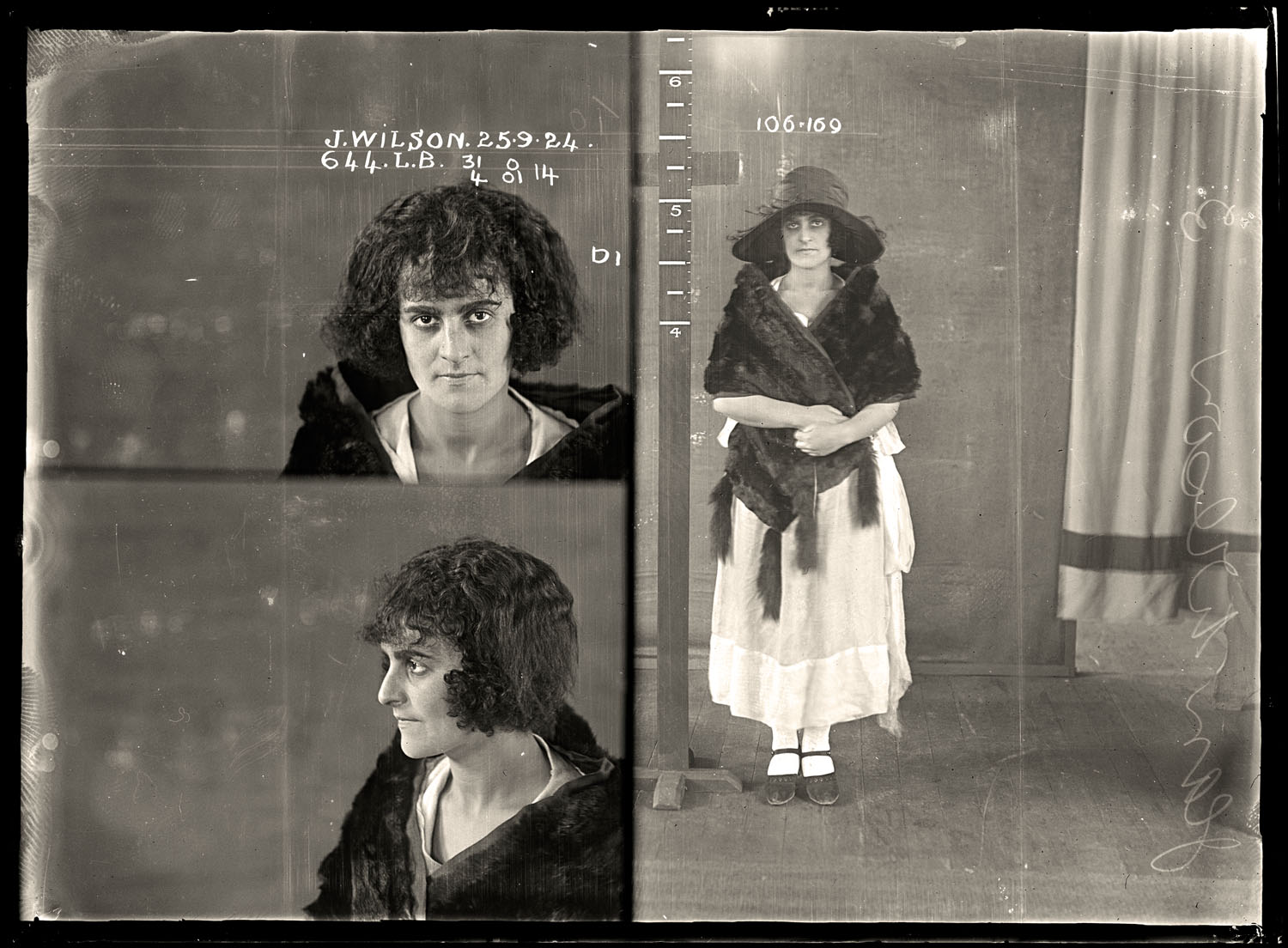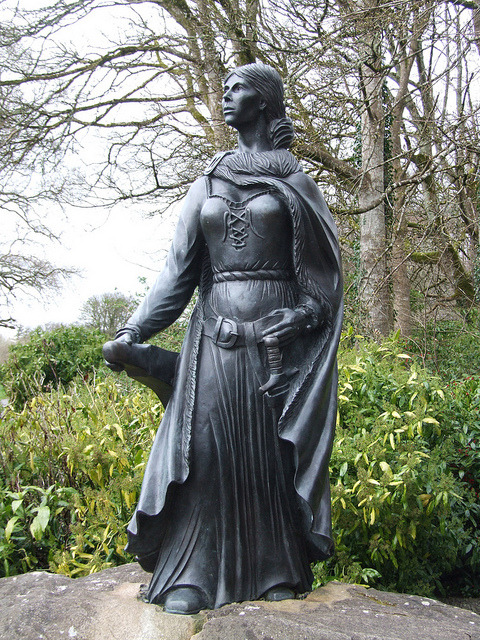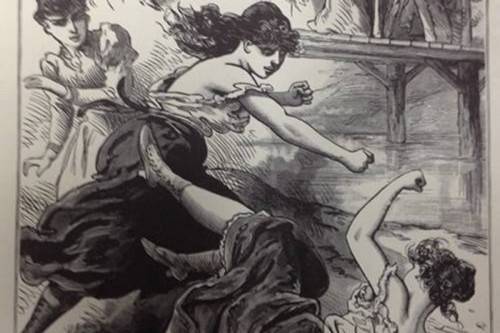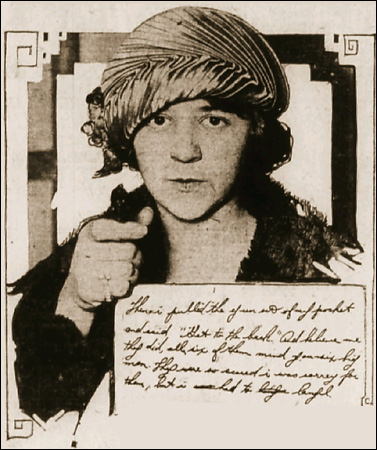ChrisL
Diamond Member

One of history’s most influential raiders began her career in a Chinese brothel. Cheng I Sao, or the “wife of Cheng,” was a Cantonese former prostitute who married a powerful corsair named Cheng I in 1801. The husband and wife team soon raised one of China’s most formidable pirate armies. Their outfit boasted hundreds of ships and some 50,000 men, and it preyed on the fishing vessels, supply junks and the coastal villages of Southern China with impunity.
Upon her husband’s death in 1807, Mrs. Cheng elbowed her way into power and partnered with a trusted lieutenant and lover named Chang Pao. Over the next few years, she plundered her way across Southeast Asia and assembled a fleet that rivaled many countries’ navies. She also penned a rigorous code of conduct for her pirates. Rape of female prisoners was punishable by beheading, and deserters had their ears lopped off. Mrs. Cheng’s bloody reign made her public enemy number one of the Chinese government, and in 1810, the British and Portuguese navies were enlisted to bring her to justice. Rather than duking it out at sea, she shrewdly agreed to surrender her fleet and lay down her cutlass in exchange for the right to keep her ill-gotten riches. Mrs. Cheng retired as one of history’s most successful pirates, and went on to run a gambling house until her death in 1844 at the age of 69.












